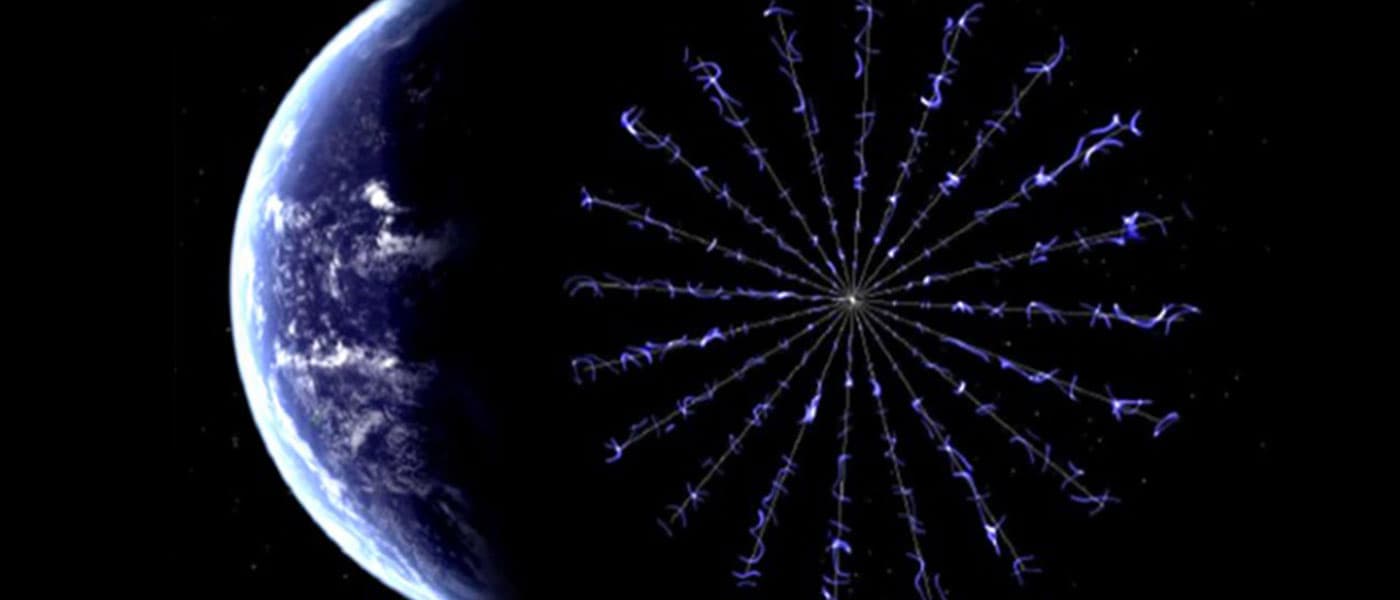Sail Away
The idea of shirking the suddenly very confining bonds of our Solar System has been much in the news of late. Just recently, Stephen Hawking and Russian billionaire Yuri Milner announced “Breakthrough Starshot,” a kind of seed venture seeking to understand the engineering challenges posed by interstellar travel.
Now, NASA’s developing its own plans for getting a spacecraft to the edge of the Solar System and beyond...and they hope to do it faster than ever before.
It took the New Horizons probe about 10 years to reach remote little Pluto, dragging out its life in loneliness in the sticks of the Solar System; NASA means to reach the so-called Heliopause, the limit of our Sun’s influence some 2.5 times further away than Pluto, in the same time.
Here’s how it’s done: Chemical rockets can’t cut it; they pack a lot of power, but they use it up too quickly, and they have to carry all their fuel with them (which weighs them down and requires a lot of space). Ion engines are fine, but they’re rather slow. Most spacecraft, such as New Horizons, as well as the Voyager and Pioneer probes, use the tried-and-true gravity assist method, slingshotting around the inner planets and Jupiter to build up enough speed by stealing just a little orbital energy. It’s useful, but again—too slow.
So NASA’s looking to its E-Sail solar sail technology, a design somewhat similar to what Hawking’s and Milner’s interstellar venture has proposed; but the NASA concept doesn’t require a local laser array to speed the craft on its way—only the solar wind is needed.
HERTS
NASA’s project is called the Heliopause Electrostatic Rapid Transit System (HERTS). It’s a sail made of aluminum wires extending like spokes from a hub, each wire potentially up to 20 kilometers (over 12 miles) long, but only a scant 1 mm across. The sail has a surface area of about 600 square kilometers (372 square miles) upon its deployment near Earth, which can expand to nearly 1200 square kilometers (744 square miles) upon full centrifugal deployment when reaching the Asteroid Belt.
The wires themselves will be positively charged, so that the pressure of solar electrons will create a repulsive effect, incrementally accelerating the spacecraft to speeds of 100 to 150 km/s (62 to 93 m/s), or about 20 to 30 astronomical units per year.
There’s still much to be worked out, including maintaining a positive charge in the sail structure; but none of the technology is outlandish or requires some profound leap in achievement.
NASA hopes to develop and deploy the system by the 2025-2030 timeframe.
Share This Article
